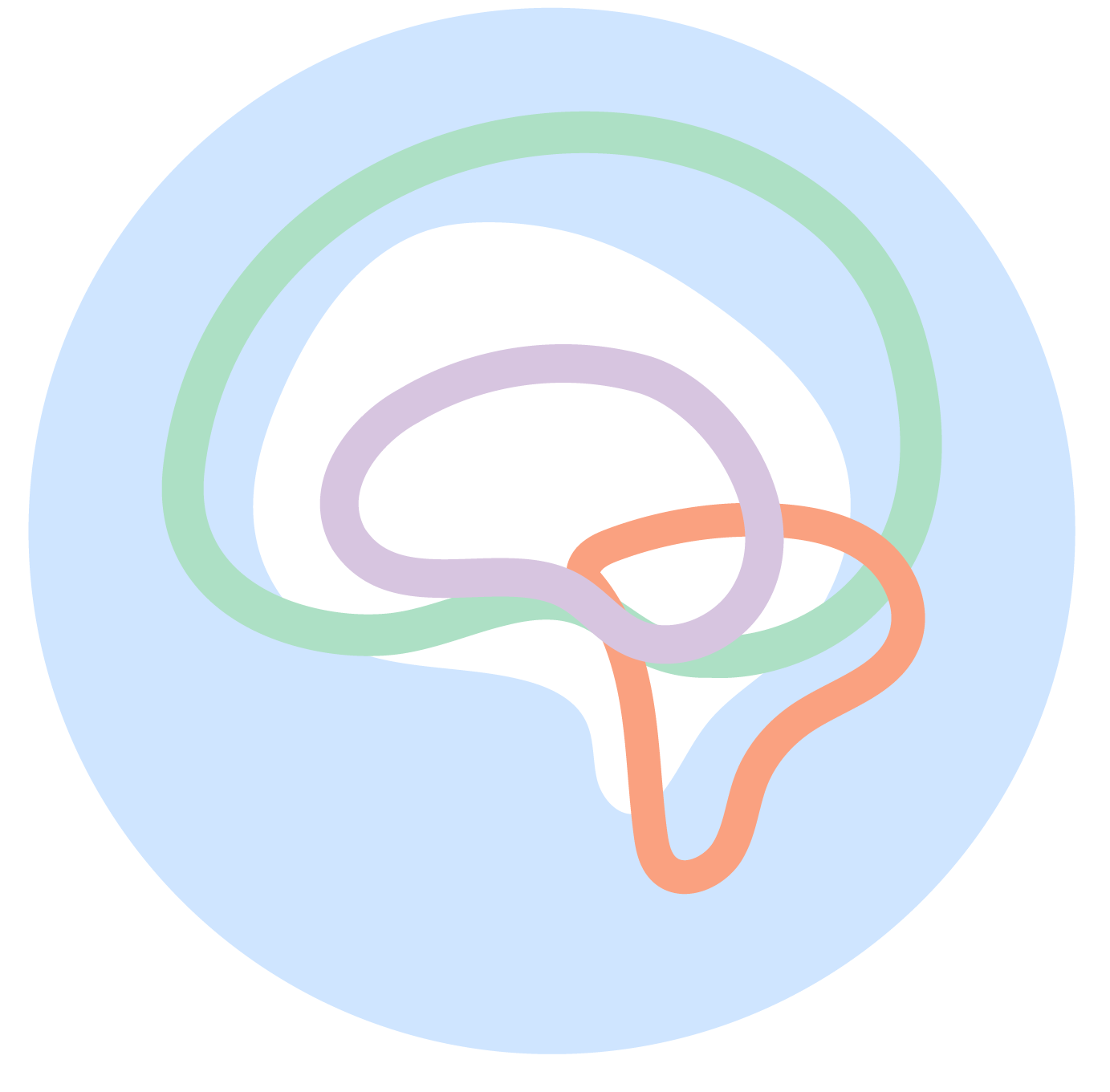5 Healthy Emotion Regulation Exercises for Children
If you've ever been around children, you'll realize just how much their emotions fluctuate from moment to moment.
I remember being in elementary school when our teacher wanted to congratulate us by giving us each a cookie.
I was smiling ear to ear, holding my beautiful little cookie with both hands, when suddenly, a boy bumped into me and broke my cookie.
I teared up, thinking about how he "destroyed" my cookie.
…yet, the cookie was still perfectly edible…
I ended up eating my cookie and completely forgot about the incident 10 minutes later.
I was back to smiling like it was the best day of my life.
Many children struggle with their emotions, but learning how to cope with them can be fun. Here are five healthy emotion regulation exercises for children designed to be playful, engaging, and useful.
1. Deep Breathing with Belly Buddies
Deep breathing is a simple yet effective way for children to calm their minds and bodies.
By focusing on their breath, kids can reduce stress and anxiety. One fun way to teach deep breathing is through the use of "Belly Buddies."
Here's how you play:
Have your child lie down on their back with a small stuffed animal (their Belly Buddy) on their stomach.
Instruct them to breathe in deeply through their nose, watching their Belly Buddy rise.
Then, have them breathe out slowly through their mouth, watching their Belly Buddy fall.
This exercise not only helps children focus on their breathing but also turns it into a fun way to see their breathing.
It's noted in the scientific literature that deep breathing can significantly reduce anxiety in adults, and the same can be said for children
2. Emotion Charades
As children grow up, it becomes increasingly important to learn how to identify and label their emotions.
Emotion Charades is an entertaining activity that encourages children to recognize and express their feelings.
Here's how you play:
Write down various emotions on pieces of paper (happy, sad, angry, surprised, etc. ).
Have your child pick a piece of paper and act out the emotion without using words while others guess the emotion.
This game not only helps children become more aware of their feelings but also teaches them to empathize with others.
Research indicates that activities that enhance emotional recognition can improve children's social skills and emotional regulation
3. Glitter Jar Calm Down
The glitter jar, often called a "calm-down jar", is a visual tool that helps children understand the concept of settling their minds when they feel overwhelmed.
How to Make It:
Get a clear jar or bottle (any clear container will do) and fill it with water
Add clear glue and glitter.
Tightly secure the lid to make sure nothing can come out
When your child feels upset, they can shake the jar and watch the glitter swirl around.
As the glitter slowly settles to the bottom, they can watch how their own body falls while breathing.
This exercise not only provides a visual representation of calming down but also gives kids a solid task to focus on.
Mindfulness-based activities like the glitter jar have been found to enhance emotional regulation in children
4. Yoga for Little Ones
Yoga is an excellent way for children to connect with their bodies and emotions. It's an amusing technique to reach mindfulness, balance, and concentration. Simple poses like Child's Pose, Cat-Cow, and Tree Pose are perfect for the kiddos.
How to practice little yoga:
Child's Pose: Have your child kneel on the floor, sit back on their heels, and stretch their arms forward, resting their forehead on the ground.
Cat-Cow: On hands and knees, instruct your child to alternate between arching their back (Cat) and dipping their back while lifting their head (Cow).
Tree Pose: Have your child stand on one leg and place the other foot on their inner thigh, then raise their arms above their head like branches.
Moving around and holding poses through yoga has been found to effectively reduce stress and anxiety in children
5. Gratitude Journaling
Encouraging children to focus on positive experiences can boost their emotional well-being.
Gratitude journaling is a simple practice that helps children appreciate the good things in their lives.
How to start journaling:
Provide your child with a notebook and colorful pens or markers.
Each day, have them write down or draw three things they are grateful for.
This activity can be done at bedtime as a calming routine.
Research has demonstrated that practicing gratitude can enhance emotional regulation and increase overall happiness in children
Conclusion
Set your children up for good emotion regulation habits by taking inspiration from this article.
Remember, even though these are only 5 techniques, there are many different ways for kids to practice emotion regulation that you can find online.
By incorporating these practices into your child's daily routine, you can help them navigate their emotions with confidence and resilience.
“One can be the master of what one does, but never of what one feels.” – Gustave Flaubert

